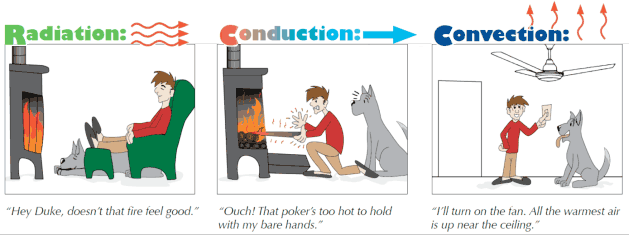In Business Since | License #
In Business Since | License #

It's easy to understand how insulation works if you remember what it's like to wear a goose down jacket outside on a cold winter day. Even though your jacket is light as a feather (more accurately, many thousands of feathers), your body can stay toasty warm. That's because the feathers create millions of tiny air pockets, and air has excellent insulating value - about R-7 per inch.

Insulation works by slowing the transfer of heat, which can move in three ways: conduction, convection and radiation. For heat to travel from your body through your down jacket, it has to move by conduction through the tiny feather fibers that are in contact with each other. Heat transfer by convection happens through the air, and there are millions of miniscule air spaces between the fibers. Heat transfer by radiation is also slow, since one fiber must radiate its heat to another.
Dr. Energy Saver dealers are fully trained and certified in the workings of insulation and heat transfer in your home. Contact your local dealer for an explanation in person, and get started on energy savings today!
If you know how your home's insulation works, you can also understand what makes it malfunction and contribute to poor energy performance in a house. Here's what can go wrong:
Slowing the transfer of heat is just as important in hot weather as it is during cold weather. So even though the down jacket example focuses on insulation's role in keeping a house warm in winter, the same principles apply when it's hot outside and you want to save money on air conditioning. Learn more about the different types of insulation that can be used to improve home energy savings by searching our website or contacting your local Dr. Energy Saver today!
Looking for a price? Get a no cost, no obligation free estimate.